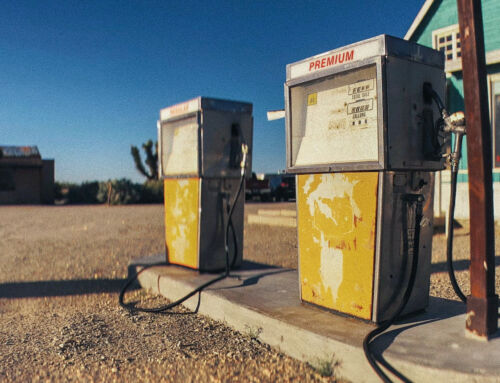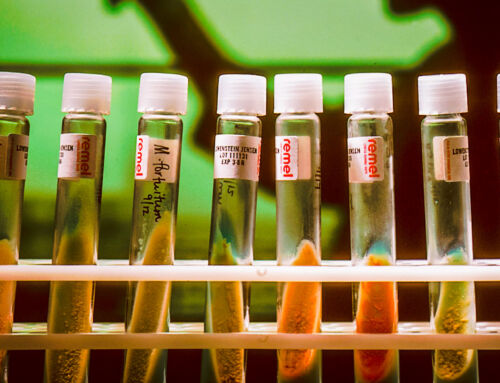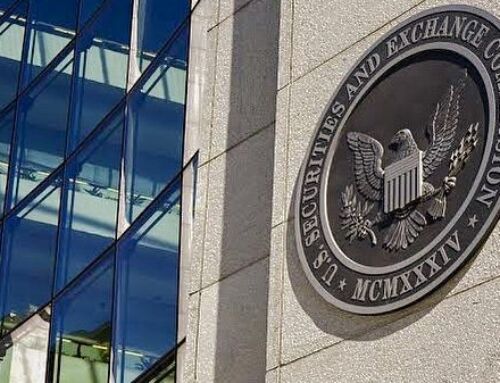View by Topic
Recent Articles
-
Congress Blocks California’s Gasoline Car BanSaturday, May 31st, 2025
-
EPA Will Keep Current Limits for “Forever Chemicals” in Drinking WaterSaturday, May 24th, 2025
-
Court Indefinitely Pauses SEC Climate Rule LitigationSaturday, May 17th, 2025
-
Maryland is About to Regulate Mold But is the Cart Before the HorseSaturday, May 10th, 2025
View by Month/Year
“Green Building Law Update” Headlines
Recent Articles & News from
Stuart Kaplow’s blog
at GreenBuildingLawUpdate.com
- Congress Blocks California’s Gasoline Car Ban: A Legal and Policy Analysis June 1, 2025
- EPA Will Keep Current Limits for “Forever Chemicals” in Drinking Water May 25, 2025
- Court Indefinitely Pauses SEC Climate Rule Litigation May 18, 2025
- Maryland is About to Regulate Mold: But is the Cart Before the Horse? May 11, 2025
Subscribe to the Green Building Law Update!
Stuart Kaplow brings his expertise and extensive experience to the table with his unique digital publication, "Green Building Law Update". Subscribers receive regular updates to keep them informed about important issues surrounding Environmental Law, Green Building & Real Estate Law, as well as the emerging demand for Environmental Social Governance (ESG).
Get fresh content through the lense of Stuart Kaplow's cutting-edge expertise, innovative commentary and insider perspective. Don't miss another issue! Subscribe below.

Ban the Light Bulb to Repair the World
Last month the US Department of Energy, proposed stronger efficiency standards for light bulbs that will effectively phase out compact fluorescent light bulbs and what remnants of incandescent bulbs still remain, replacing them with more energy efficient LEDs.
Concomitantly, with that proposed rule making, the Biden Administration has now taken more than 110 actions to reduce greenhouse gas emissions.
While this proposed rule to strengthen lightbulb efficiency standards, in both residential and commercial buildings, would reduce GHG emissions by 131 million metric tons over 30 years, a statement released by the White House said, when (.. if) implemented the 110 actions would in total reduce GHG emissions by more than 2.4 billion metric tons cumulatively over 30 years. All of that in the modern Washington, DC era of executive action and agency regulation, without Congressional action.
It is not lost on students of optics that this proposed light bulb rule was issued 142 years to the day that Thomas Edison received notice of the granting of his patent for the incandescent lamp that paved the way for the universal use of electric light; the most important invention in history.
It is not just the phenomenon that a light bulb produces light from electricity, but as a consequence improves safety in dark places, allows students to study after dark, permits people to work at night, and so much more.
One might think the impetus for this rule was a bad joke: How many human beings does it take to change a light bulb? One to grasp the light bulb and eight billion to screw the planet.
But we all know, having burned our fingers on a hot light bulb, even modern incandescent bulbs (that were phased out beginning in 2007) were not energy efficient with less than 10% of electricity supplied to the bulb being converted into visible light. The remaining energy is lost as heat and a pendant percentage of GHG emissions are squandered.
December’s proposed rule significantly raises the minimum lightbulb efficiency level, from 45 to over 120 lumens per watt for the most common bulbs.
LED bulbs, using a semiconductor to convert electricity to light, can last three to five times longer than a compact fluorescent, and up to 30 times longer than an incandescent bulb, according to DOE. Unlike both incandescent and compact fluorescent bulbs, LEDs release very little heat and thus waste much less energy over their longer useful life.
Lighting accounts for more than 17% of energy used in commercial buildings in the US, and more than 15% in single family residential houses.
Earlier this year, DOE implemented the final phaseout of incandescent bulbs. Last month’s proposed rule will accelerate the transition away from compact fluorescents as well, toward more efficient and long lasting LED bulbs. DOE estimates that the new rule, if adopted within the proposed timeframe, will conserve roughly 4 quadrillion British thermal units of energy in the 30 years after its implementation.
Importantly, the new rule also advances President Biden’s goal to achieve a Net Zero emissions economy by no later than 2050.
DOE estimates that over 30 years, the proposed standards would result in cumulative emission reductions of 131 million metric tons of carbon dioxide and 903 thousand tons of methane, an amount roughly equal to the electricity use of 29 million homes in one year.
Building related GHG emissions vary greatly from a high of 15.91 tCO2e per capita in North Dakota (.. where it is cold and there is a lot of heating) to a low of 4.07 in Hawaii (.. okay), but even in a tepid state like Maryland emissions are 5.54 tCO2e per capita (.. where the electricity grid fuel mix relies heavily on coal), so green building strategies, including stronger efficiency standards for light bulbs, are key to reducing GHGs, not to mention achieving Maryland’s aggressive 50% emissions reduction target by 2030.
Apparently, the aim is to finalize this new rule by the end of President Joe Biden’s first term. To accomplish that, DOE will host a webinar on February 1, 2023, at 1:00 pm EST to solicit feedback. Visit the general service lamp rulemaking page to find out more information about webinar registration and this rulemaking.
We must not lose sight of the fact that the sole purpose of a light bulb is to produce light from electricity, something that has literally improved the lives of nearly every man, woman, and child by eliminating our dependence on Earth’s rotation for natural light. And in 2023 there is nothing wrong with doing that better than Thomas Edison in 1860, with LEDs, and repairing the planet.
Live webinar “Does Your Lease Address New GHG Laws?” 30 talking points in 30 minutes, Tues, Jan. 24 at 9 am EST presented by Stuart Kaplow and Nancy Hudes on behalf of ESG Legal Solutions, LLC. Complimentary, but you must register here.









